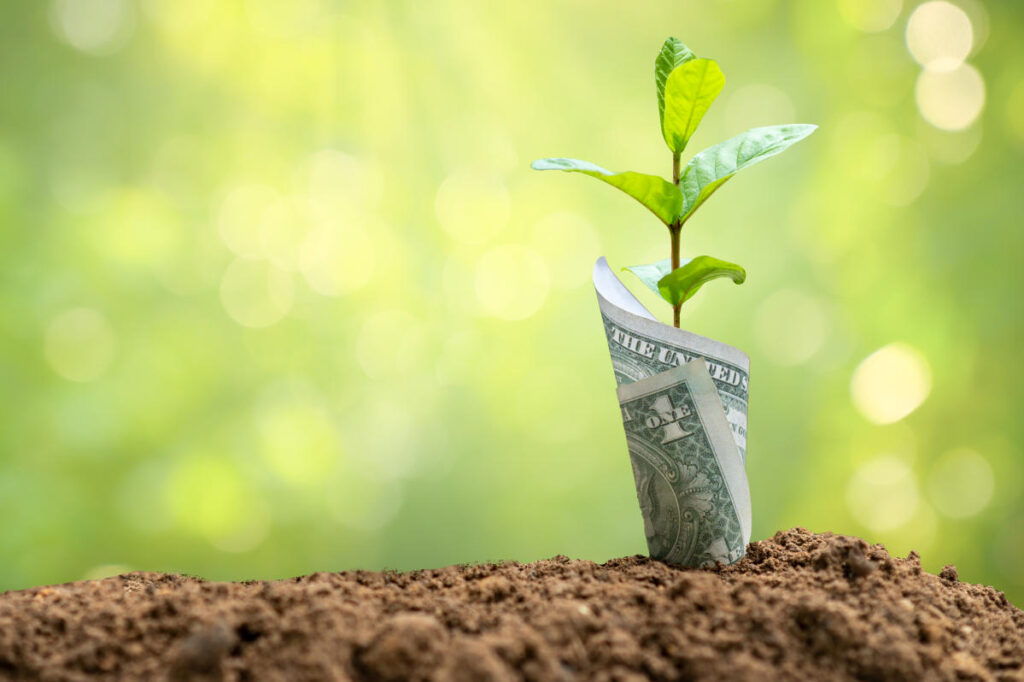A high-yield savings account (HYSA) is a great tool for maximizing interest on your savings. These accounts pay far more than the average checking account rate (0.07%) and more than the average savings account rate (0.41%). In fact, some of the best high-yield savings accounts earn above 4% APY.
Does that mean all your spare money should go into an HYSA? Not exactly.
The sweet spot to aim for is a figure that falls somewhere between a few months’ worth of your living expenses and the limit for FDIC insurance ($250,000).
There’s no one-size-fits-all answer for how much money to keep in your high-yield savings account, but there are some guidelines to follow.
If you don’t have an emergency fund, your HYSA is where you want to deposit (or start building) that fund. That’s because these accounts offer the perfect mix of features for holding your emergency savings:
Competitive rates: Banks reward you for leaving your money on deposit in an HYSA by paying higher rates than most traditional deposit accounts.
Easy access: You can withdraw your money any time you need it without a penalty. That said, some banks may limit the number of withdrawals you can make per month.
FDIC insurance: HYSAs at banks and credit unions are federally insured, meaning your deposits are protected against bank failures up to the federal limit.
No or low fees: Most high-yield savings accounts — especially those offered by online banks — have minimal fees. It’s important to avoid bank fees, which eat into your interest earnings.
So what’s the «right» amount to keep on deposit? Coming up with that figure is a bit tricky since each person needs a different amount in their emergency fund. But experts usually recommend saving at least three to six months’ worth of your living expenses.
For example, if your monthly expenses (including housing, utilities, food, transportation, loan payments, etc.) equal $4,000 per month, you would want to maintain an emergency fund of $12,000 to $24,000.
If your finances are stable, and you have good job security and no dependents, three months’ worth of savings in your HYSA should cover you in a worst-case scenario, like a long medical leave or major car repair.
If your income varies, you have poor job security, or you have dependents, aim to save six months’ worth of living expenses (or more) in your HYSA. When you do so, you’ll have money to supplement your income during slow months or to cover major unexpected expenses.
Read more: How much money should I have in an emergency savings account?
Additionally, there are a few more considerations you should keep in mind when deciding how much money to keep in your HYSA.
Before you start tucking money away in a high-yield savings account, take a look at your credit card balances. If you’re carrying credit card debt month to month, focus on paying it off before saving money.
Credit card interest rates are so high, they’ll eat up all the returns you earn on your HYSA balance, and then some. Even if you find an HYSA with 4% APY, it won’t come close to offsetting the average credit card APR, which is currently 21.47%.
Read more: What’s more important: Saving money or paying off debt?
Check to see if your HYSA has a minimum balance requirement. If so, prioritize keeping at least that amount on deposit during lean times. If you don’t, the bank might hit you with a monthly maintenance fee.
Some HYSAs have rate tiers, meaning they have different interest rates that apply to certain portions of your deposit. If your account has tiered rates, pay attention to how they’re divvied up so you can maximize your earnings.
For example, with CIT Bank’s Platinum Savings, the advertised rate is 4.30%. But you only earn that rate if your balance is $5,000 or higher. For balances below that, you earn just 0.25%.
With LendingClub’s LevelUp Savings, the standard rate is 3.50%, but it increases to 4.50% if you deposit at least $250 per month.
Once you’ve hit your goal for your emergency fund, consider putting your additional savings somewhere else. Why? Because the money might earn better returns in another account.
For example, if you’re building a sinking fund (that’s money you’re saving for a specific future expense, like a down payment on a home, look into fixed-term accounts, such as certificates of deposit (CDs) and Treasury bills. Unlike HYSAs, these accounts guarantee you fixed interest rates for a pre-set period of months or even years.
For your retirement savings, the best option is usually an employer-sponsored plan such as a 401(k) or 403(b). Historically, investments held in these accounts earn higher returns than HYSAs — 5% to 8%, on average. If you stash away your retirement savings in a high-yield savings account, your balance won’t grow fast enough to meet your savings goal.
Further, contributions to an employer-sponsored retirement plan help you reduce your tax bill and may even qualify for an employer match, which is free money your employer deposits to the account.
Finally, regardless of your personal situation and what you’re saving for, it’s important to avoid keeping more than $250,000 in any one bank account. While most banks and credit unions give you insurance on your deposits, that insurance maxes out at $250,000 per depositor, per institution, per ownership category.
Read more: How to insure deposits over $250,000


